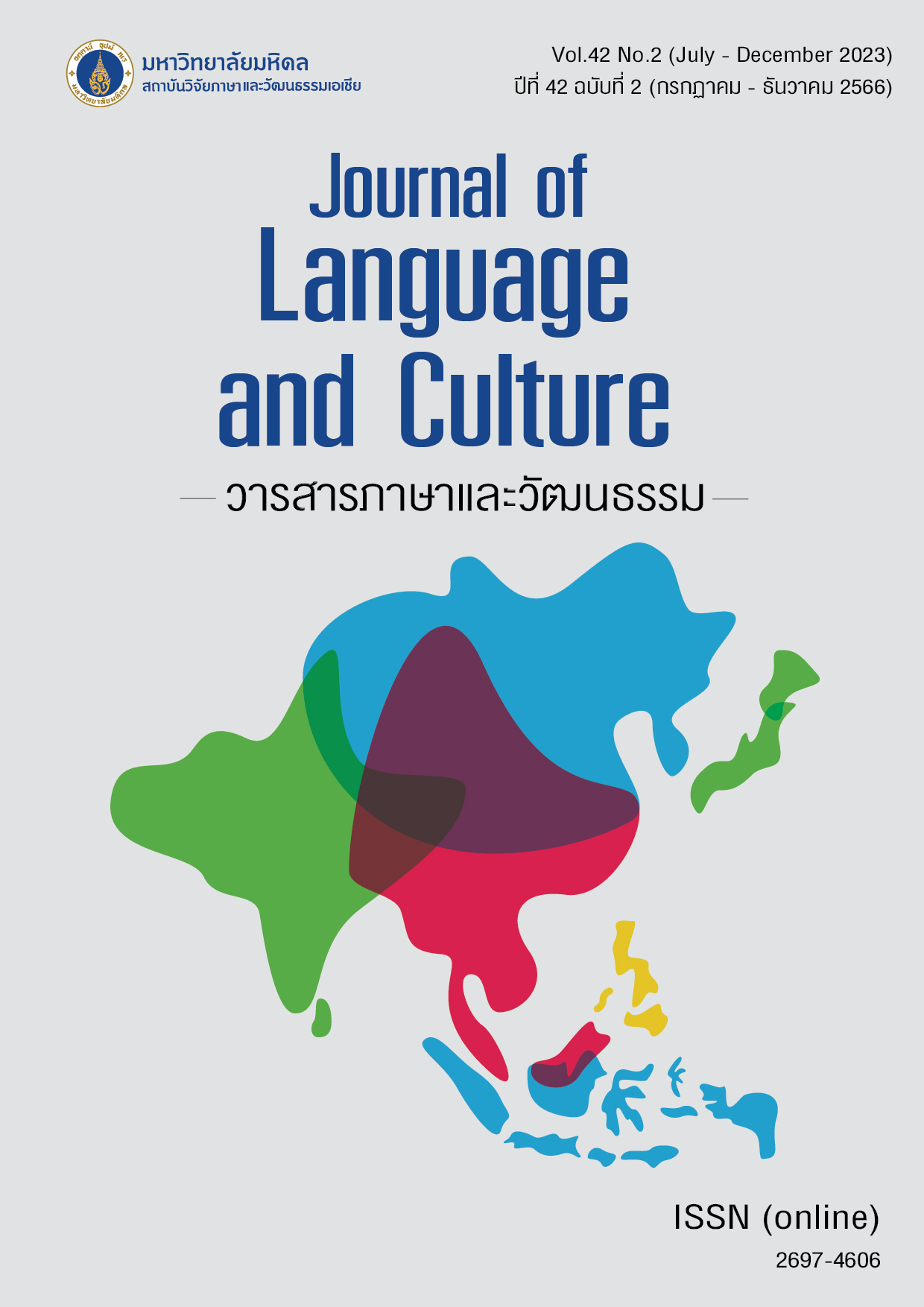Epigraphs on seals in Southern Thailand: Concrete evidence of the India’s earliest contact with Suvarṇabhūmi
Main Article Content
Abstract
This research article explores the significance of eleven seals and beads inscribed with Maurya Brahmi script discovered in the upper regions of southern Thailand. These artifacts, ranging from the 3rd century BCE to the 1st century CE, provide tangible evidence of early contact between India and Southeast Asia or Suvarṇabhūmi at the time. The study examines the origins and provenance of these epigraphs, highlighting their role in tracing the spread of Buddhism through trade routes. Furthermore, it investigates the influence of different castes, particularly the Vaishya and goldsmith castes, in promoting Buddhism and the intriguing presence of Brahmin-related inscriptions. By shedding light on the local artisans’ errors and the abundance of uninscribed seals, this article offers insights into the active trade network and cultural exchanges that shaped the region during the earliest period.
Article Details
The articles featured in the Journal of Language and Culture (JLC) constitute academic works representing the viewpoints of the respective author(s). It is crucial to note that these opinions do not necessarily reflect those of the Editorial Board.
All articles published in JLC are released under the Creative Commons Attribution 4.0 International License (CC BY 4.0). This license grants permission for unrestricted use, distribution, and reproduction in any medium, provided proper credit is given to the original author(s) and the source.


